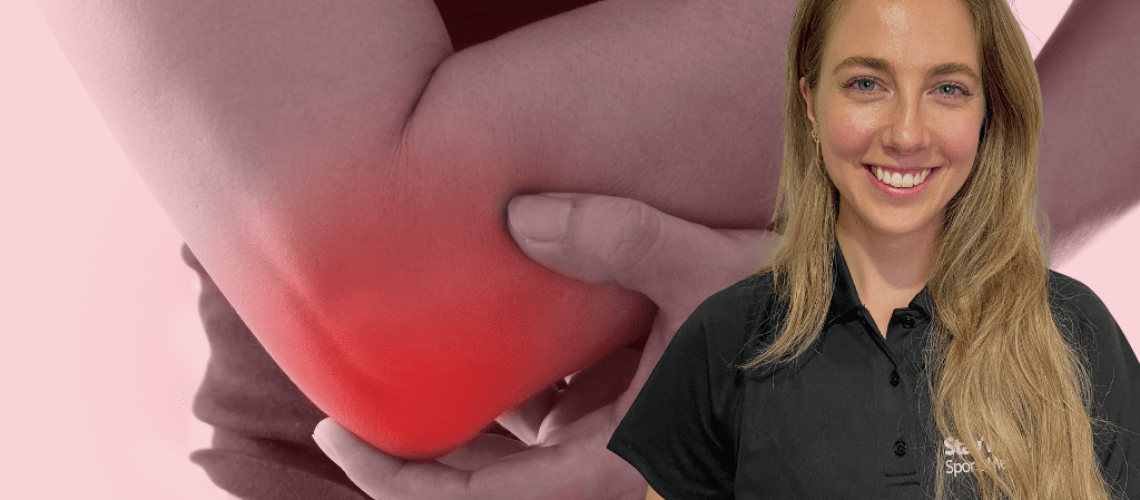Despite the name, tennis elbow (or lateral epicondylitis) isn’t just a sports injury. It’s actually one of the most common causes of elbow pain and often shows up in people who spend more time typing, lifting, or doing repetitive tasks than swinging a racket.
The condition involves the muscles and tendons in your forearm that attach to the outside of your elbow. When these tissues are overworked or used in a way they’re not used to, they can become irritated and painful.
What Does It Feel Like?
Tennis elbow usually starts small and gradually builds up if nothing changes. The pain is generally felt on the outside of the elbow, sometimes spreading into the forearm. Depending on how far it’s progressed, symptoms can look like:
- Grade 1: A bit of soreness after using the arm.
- Grade 2: Ongoing pain during and after activity, sometimes with pain spreading into the forearm.
- Grade 3 : Pain with even simple tasks like holding a coffee cup, noticeable loss of grip strength, or sudden twinges that make you drop things.
Why Does It Happen?
The main tendon involved sits just outside the elbow and doesn’t get much blood flow, which makes it slow to heal when irritated. Everyday activities like gripping, typing, twisting jars, or using tools can all place repeated stress on this tendon. Over time, small tears and scar tissue can build up, making the pain stick around.

How We Assess it
When you see a practitioner, they’ll usually test your grip strength, check muscle tension through your forearm and shoulder, and try reproduce the symptoms causing your pain. They’ll also rule out other possible causes before settling on a working diagnosis.
How to Treat and Manage It
The good news is that tennis elbow is manageable. Treatment depends on how severe your symptoms are, but common approaches include:
- Reducing aggravating factors: This could be changing how you type, adjusting your desk setup, or avoiding using certain tools
- Bracing: A strap just underneath the elbow can help reduce strain in some cases.
- Hands-on therapy: Manual treatment to ease tension and improve movement in the arm and shoulder coupled with rehabilitation
- Shockwave therapy: Often effective in chronic cases to reduce symptoms and encourage tendon repair
- Dry needling: Can encourage tissue healing and reduce pain.
- Exercise rehab: Starting with gentle, static exercises (isometrics) before moving into strengthening (eccentric and concentric exercises), and stretching to restore function.
The Bottom Line
Tennis elbow isn’t limited to athletes—it’s an overuse injury that can happen to anyone. The earlier it’s addressed, the easier it is to treat. If you’ve got ongoing pain on the outside of your elbow, especially with gripping or lifting, don’t just push through it. Getting it checked and treated early can stop it from turning into a long-term problem.
Dr Katelyn Waring
Osteopath
E: Katelyn.Waring@staytuned.com.au


